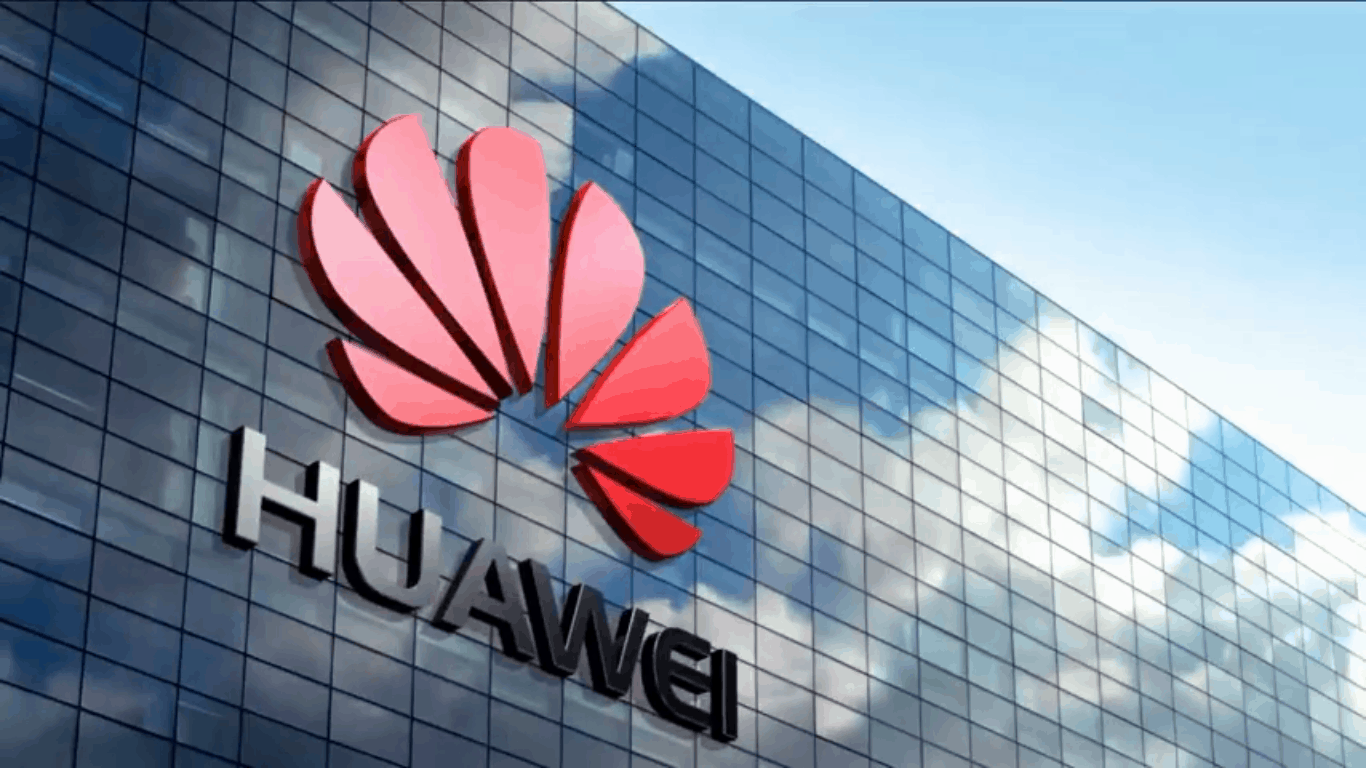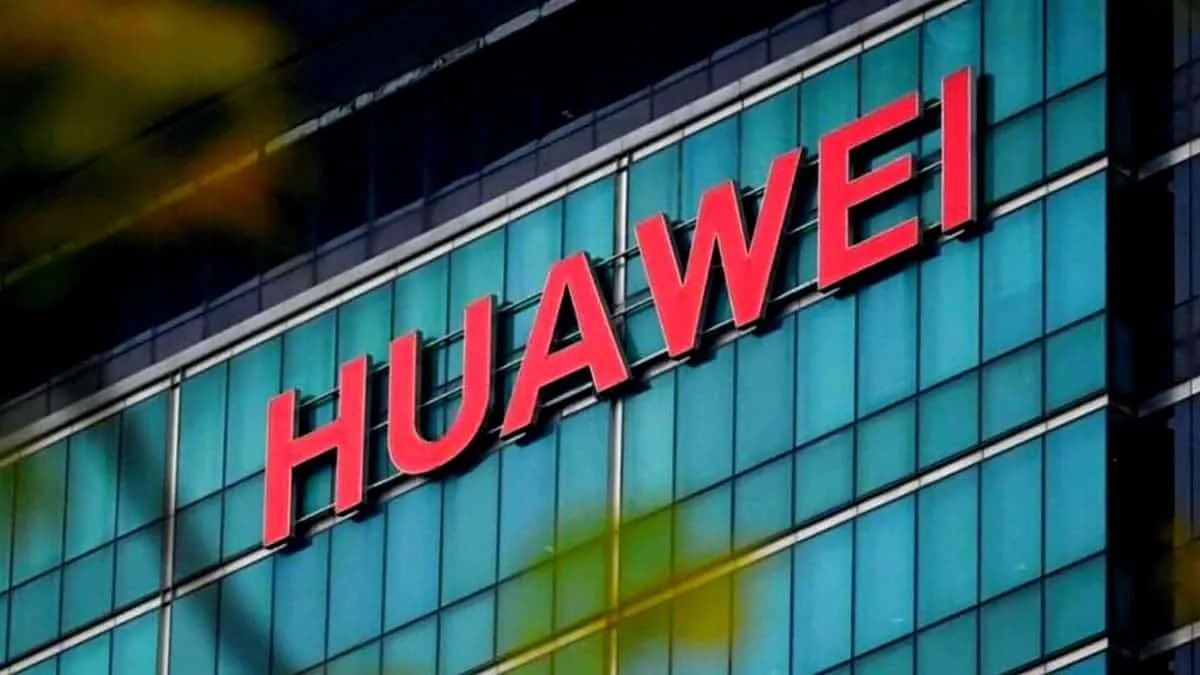The White House attack on Huawei has been going on for over two years. And we are talking about the active phase. US politicians and officials have repeatedly accused Huawei of spying for the Chinese government. True, at the same time they did not consider it necessary to provide evidence. They believe that they should be taken at their word that the Chinese company poses a threat to national security.
Perhaps their suspicions and accusations are not groundless. At the very least, Bloomberg reporters conducted an investigation, which led to the conclusion that Huawei was involved in a cyberattack on the telecommunications network in Australia. They based their conclusions on information from former US security officials.
So, in 2012, Australian intelligence officials informed their American counterparts that they had discovered an intrusion into the country's telecommunications systems that involved a software update on Huawei's equipment. The firmware has a malicious code that allows wiretapping, and the data was goes to servers in China.
Also, interestingly, after a few days, the virus self-destructed to cover its tracks. In addition, the Australian intelligence services have determined that Chinese intelligence was behind this operation, whose employees infiltrated the ranks of Huawei technical specialists. They were part of the maintenance of equipment and the modernization of telecommunication systems, and in parallel carried out espionage activities.
A similar attack took place in the United States this year, but the secret services were able to prevent it. The incidents confirmed both countries' suspicions that China was using Huawei equipment for espionage. They formed the basis of a never-publicized investigation against the Chinese company.

China used Huawei equipment to attack Australia
“All their intelligence services have pored over the same material”; said Rogers, a former FBI agent who is now a national security commentator on CNN. “This whole body of work has come to the same conclusion: It's all about administrative access; and the administrative patches that come out of Beijing are not to secure.”
“The Australians from the get-go have been courageous in sharing the information they had, not only with the intelligence channels but more broadly in government channels,” Flournoy said. “Australia experienced it, but it was also a vicarious wake-up call for Australia’s allies.”
Also, the Australian Signals Directorate, that country’s leading cybersecurity agency, declined to answer specific questions about the incident. “Whenever ASD discovers a cyber incident affecting an entity; it engages the relevant entity to provide advice and assistance,” the agency said in a statement. “ASD’s assistance is confidential — it is a matter for relevant entities to comment publicly on any cybersecurity incident.”
In addition, “Australia is not alone in the threats we face from state-based actors in cyberspace,” the agency tells, noting that the government has “joined with others in the world to express serious concerns about malicious cyber activities by China’s Ministry of State Security.”






Place comments
0 Comments
You are currently seeing only the comments you are notified about, if you want to see all comments from this post, click the button below.
Show all comments